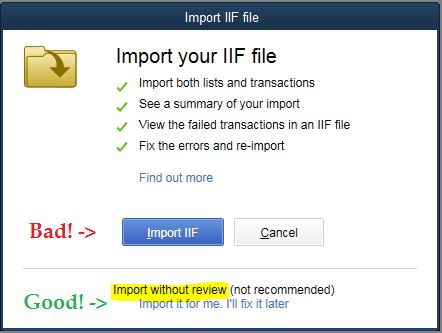

The default text qualifier is quotation marks, but just like the delimiter, you can enter an alternative. Use other options only if you know that you can configure the external source to import based on an alternative delimiter. Notice that you have other choices for delimiters, but a comma is a universal format between other databases.

The next window displays confirmation of what you saw in the previous window. (Confirmation of quotation qualifier and comma delimiter)

Interested in learning more? Why not take an online Excel 2021 course?ĭelimited format is the default for export of a text file, but you can also use "Fixed Width." Fixed width means that each value has a tab or a set number of spaces between them.Ĭlick the "Next" button to see the next configuration window. The quotation marks surrounding values ensure that commas are considered a part of the input rather than a delimiter. For instance, if you had a comma in an address, it would break the import process in Excel 2019. The quotes around values ensure that any commas don't interfere with the CSV format.

In this example, only one table is being exported, so we'll leave the check box unchecked.Ĭlick the "OK" button and Access displays a sample of the data and its format. You can also type a new location into this input text box if you know the location that you want to store your file without the search function.Ĭheck the box labeled "Export data with formatting and layout" if you have several tables that you want to export. A configuration window opens where you set up the export customizations.Ī suggested file name and location are already filled out in the "File Name" input text box, but you can click the "Browse" button to choose a new directory path and file name. Microsoft databases support Excel imports, but most other external databases do not.Ĭlick the "Text File" button in the "Export" category section in the External Data tab. With this option, you can export into a file with the Excel extension, but then you would only be able to transfer data to a third-party database that supports importing Excel files. Notice that there is also an option to export directly to Excel. Data is stored in tables in Access instead of worksheets, but the layout looks similarly to an Excel spreadsheet including rows and columns.Ĭlick the "External Data" tab to see a list of options for export.Ī CSV file is a formatted text file, but you can export in different formats if they are available in this tab. With the database opened, open a table that you want to export. In the examples below, the Northwind database is used, which is a sample database provided by Microsoft with any Access install. Open any Access database that you want to export. This is a quick way to copy small tables into an Excel spreadsheet, but it isn't convenient if you have thousands of records in your Access tables. When you open an Access database, one thing you can do without any of the export procedures is to copy all rows and columns in a table, copy them and then paste them directly to an Excel 2019 file. Excel can read a CSV without any extra configurations or changes to the file. Databases that aren't compatible with each other using a direct connection can have data transferred by first exporting to a CSV file as an intermediary. CSV files are a universal file format that lets you transfer data between platforms. The quickest way of transferring to Excel is to convert Access tables to a CSV. Since Microsoft is the developer for both Access and Excel, transferring data from Access to Excel is supported within the Access software. Exporting Data from Microsoft Access to Excel
#QUICKBOOKS 2019 CHANGE DEFAULT FILE LOCATION HOW TO#
We also show how to connect to an Access database directly to query data from Excel. This article covers some ways that you can transfer data from Microsoft Access and import it to Excel. Because several database applications support exports to a CSV file, Excel can be used with numerous database solutions. You can export data from a database such as Microsoft Access to a CSV file, and then you can import data from the file to Excel. Excel can retrieve data from any external source as long as your local computer is able to make a connection. You can convert data from a flat file in CSV (comma-separated values) format or pull data from a database. It's not uncommon for Excel 2019 users to convert files from other sources to spreadsheets stored on their local machines.


 0 kommentar(er)
0 kommentar(er)
